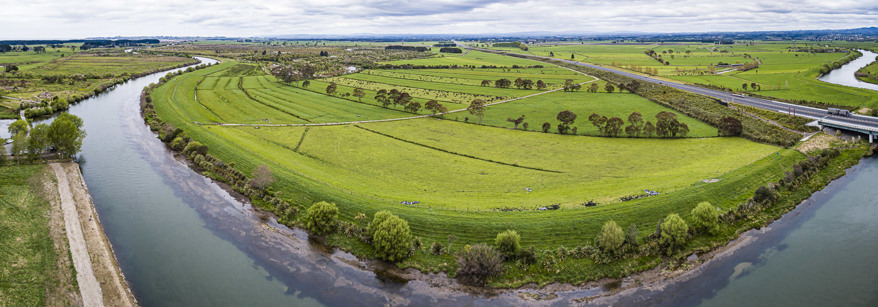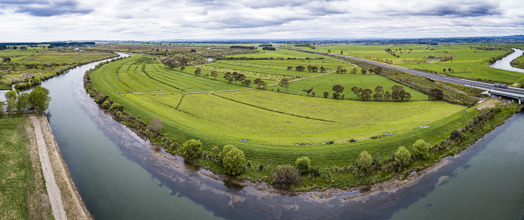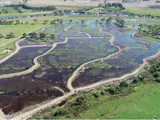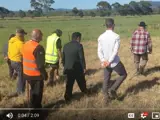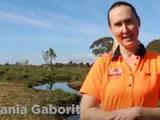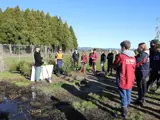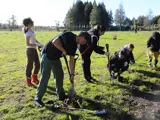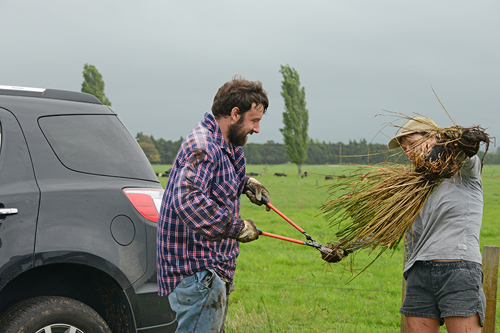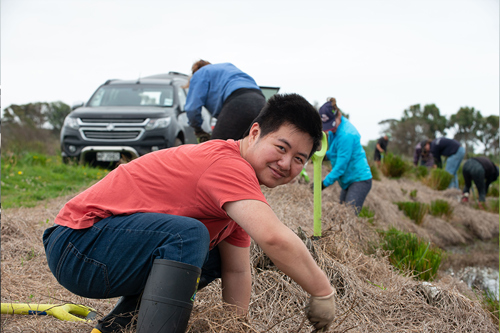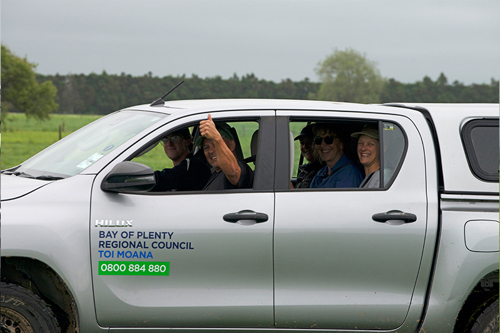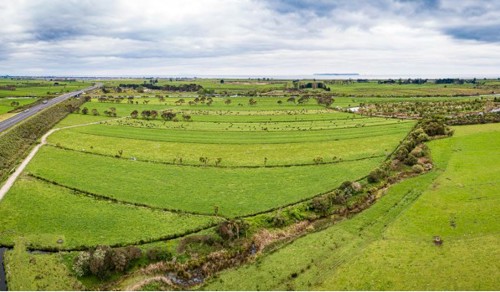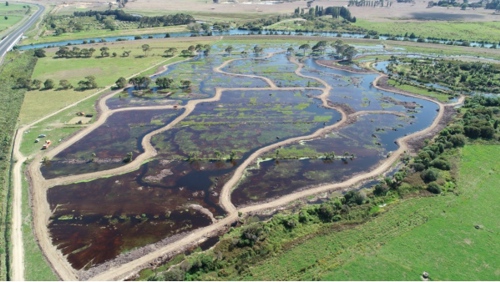We’re restoring 70 hectares of pasture into wetland paradise for wildlife to thrive in and people to enjoy.
More fish, flax and flocks
We’ve started construction work that will convert 70 hectares of grazing land beside the lower Kaituna River, into the kind of wetland it would have been long ago. The project is due for completion by June 2023.
The Lower Kaituna Wildlife Management Reserve contains a small remnant of a once a vast wetland beside the lower Kaituna River. It’s the region’s largest remaining wetland but a comparatively small reminder of the original taonga (treasure) that once surrounded it and was prized for the tūna (eels), flax and kahikitea forests that lived there.
The surrounding land has been drained and used as grazing pasture since the 1970s. Those paddocks have now been retired by their Tapuika, Ngati Whakaue, and Department of Conservation landowners, and made available for restoration.
Why’s bog better than productive pasture?
Wetlands help to absorb flood water and keep streams and rivers clean by filtering run-off. They also provide habitat for many threatened native plants and animals. More local wetland means more wildlife, and better opportunities for people to enjoy nature walks, birdwatching, gamebird hunting, whitebaiting or cultural practices like flax harvest and eeling.
Through the 2009 Kaituna River and Maketū/Ongotoro Strategy, and the 2019 Kaituna Action Plan, tangata whenua and the local community have made it clear that they want wetlands in the area to be restored. Te Maru o Kaituna River Authority has recently set a target of 200 hectares of wetland restoration for Kaituna catchment by 2029.
Video gallery
Project updates
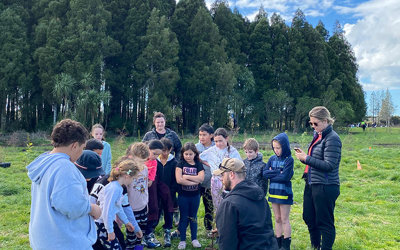
Another successful round of field days were held at the Te Pourepo o Kaituna wetland this month (August 2023).
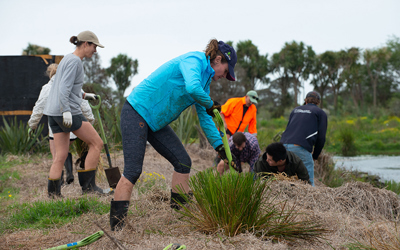
Staff from Quayside Holdings recently swapped the office for the outdoors, spending their Volunteer Day getting stuck into some hard mahi with Bay of Plenty Regional Council’s land management team in the Kaituna catchment.
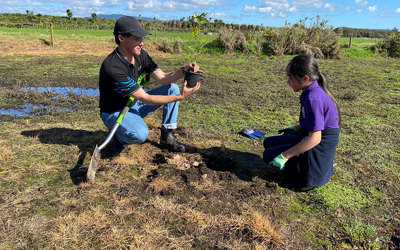
Field days at the Te Pourepo o Kaituna wetland are underway! Otamarakau School is one of the schools taking part in the annual event this month and judging by the smiles it was a good day out in the sun.
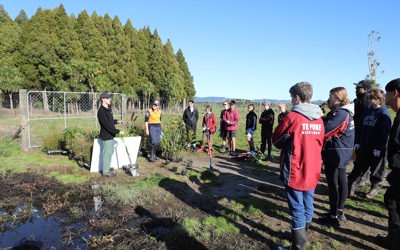
More than 600 native trees and shrubs were planted by Te Puke High School students in the kahikatea areas of Te Pourepo o Kaituna wetland last week (August 4, 2022), as part of an annual collaborative event between the school, Maketū Ōngātoro Wetland Society (MOWS), Bay Conservation Alliance and Bay of Plenty Regional Council.
Maketu Ōngātoro Wetland Society and eight local schools are helping out with planting at Te Pourepo o Kaituna wetland this month.

Stage one earthworks to convert 22 hectares of Ngāti Whakaue and Tapuika owned land into wetland have now been completed, providing new breeding and feeding areas for birds and fish.

